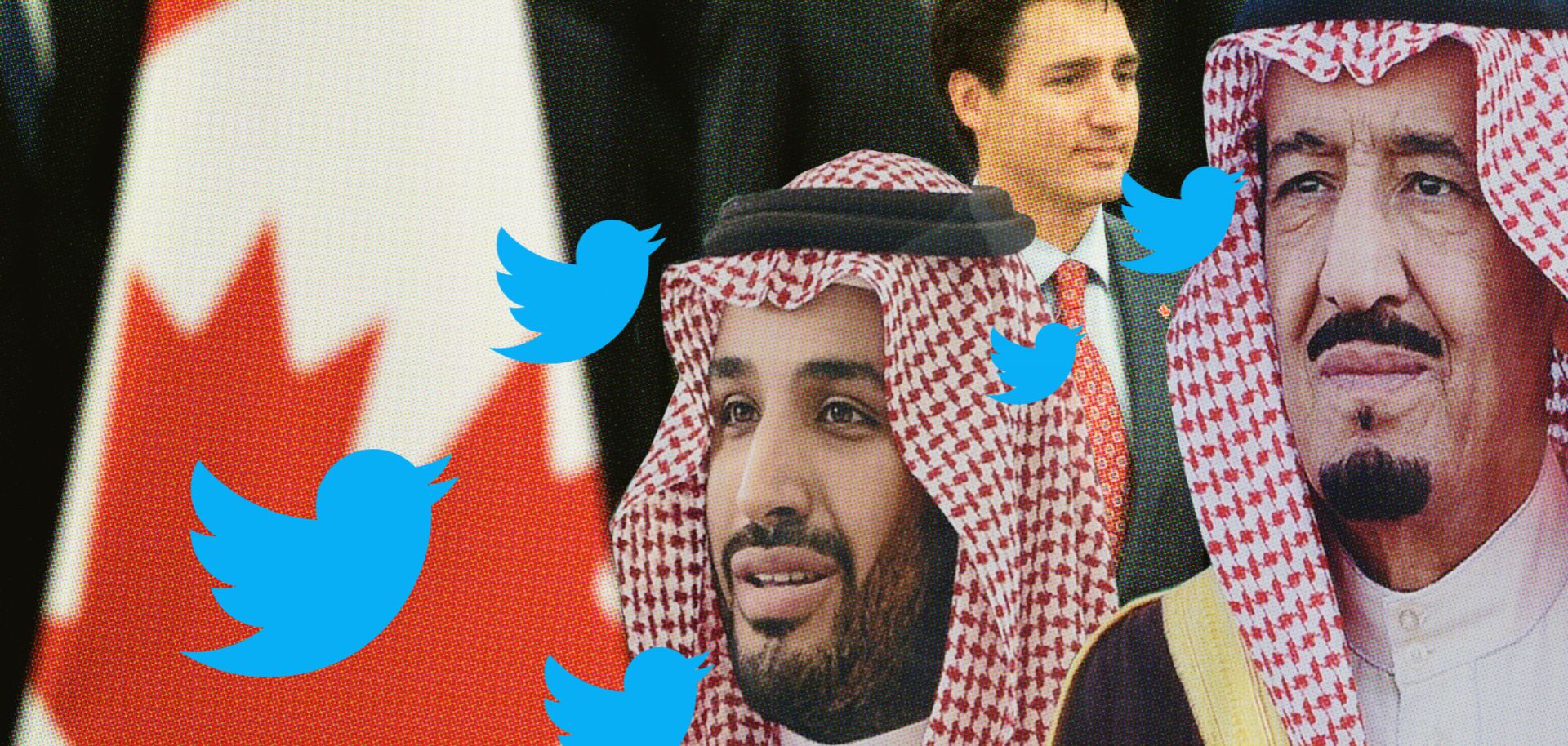COLUMNS
How a Tweet Made Enemies of Saudi Arabia and Canada: Applying the Hofstede Theory to Geopolitics

Aug 30, 2018 | 09:00 GMT

The cultural differences between Saudi Arabia and Canada can help explain how the reaction to a tweet developed into a major diplomatic rift.
(FAYEZ NURELDINE/AFP/Getty Images and Lintao Zhang/Getty Images)
Highlights
- One way to understand Saudi Arabia and Canada's recent diplomatic dispute is to apply the Hofstede cultural dimensions theory.
- These cultural dimensions describe national values that contribute to economic, political and diplomatic actions.
- Even strategic allies are not immune to these occasional disputes, as all states face a permanent pressure to defend their national values.
Subscribe Now
SubscribeAlready have an account?
